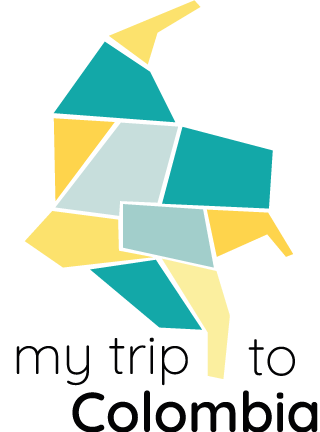Pacific Region
Colombia’s Pacific coast Travel guide

Details
- Area: 7% of the total territory (83,170 km²)
- Population: approx. 1.5 million
- Indigenous population: approx. 80,000 divided into 6 different ethnic groups
- Departments: Choco, Cauca, Nariño, Valle del Cauca
- Main towns: Bahia Solano, Buenaventura, Guapi, Nuqui, Quibdó, Timbiqui, Tumaco
- Climate: Humid tropical
- Average altitude: 340 m
- Highest point: 1845 m (Alto del Buey)
- Average temperature: 25 °C
Pacific coast general information
Colombia’s Pacific coast Travel guide
Colombia’s Pacific coast is a mysterious region… long neglected by the central government (it still is), it has always remained semi-autarkic, cut off from the rest of the country by the virtual absence of roads. It’s one of the poorest regions in Colombia. Here, the Afro-Colombian and indigenous communities make up almost the entire population.
For us, this is our favorite region, the one we’ll be coming to again and again. You can enjoy the Pacific Ocean and its black sand beaches, eat fresh fish caught daily, meet the locals who live there as simply as possible in makeshift houses, and enjoy nature that has remained untouched, pure and wild.
Local agency to visit the Bahia Solano region
Colombia’s Pacific coast Travel guide
Local agency to visit the Nuqui region
Colombia’s Pacific coast Travel guide
All our posts about the Pacific region of Colombia
Colombia’s Pacific coast Travel guide
For the moment, we’ve mainly visited the Pacific coast of Choco, a favorite destination for us.
We’re looking forward to discovering other parts of the Pacific coast, including Buenaventura beaches like Juanchaco, Ladrilleros and Barra, the Bahia Malaga Natural Park and a village like San Cipriano.
But we’d also like to go to the Isla Gorgona Natural Park, and discover the villages of great Colombian musicians like Timbiqui or Guapi.
Visit Colombia’s Pacific coast
Pacific coast Travel guide
Along with the Amazon, the Pacific coast is one of Colombia’s wildest regions. Buenaventura, Tumaco and Quibdo are the only three towns accessible by road. For the rest, you’ll have to take either a boat or a small tourist plane. The absence of any means of communication makes discovering the Pacific region sometimes more expensive, but we assure you that the effort will be rewarded!
Located very close to Cali, the town of Buenaventura is the easiest point of access to discover the Pacific coast at lower cost. The beaches of Juanchaco, Ladrilleros, La Barra and the Bahia Malaga Natural Park are easily accessible from this huge port, where we don’t recommend staying too long.
More difficult to access (by boat or plane) and therefore less frequented, the Choco coast is a little paradise of black sand and tropical forest. This is where we fell in love with the region. From Bahia Solano to Nuqui, numerous fishing villages welcome visitors around the Utria Natural Park.
Further south, Tumaco in the department of Nariño has some real assets, unfortunately mitigated by the department’s growing insecurity. We can only hope that this region of Colombia will become a veritable paradise once the situation calms down.

